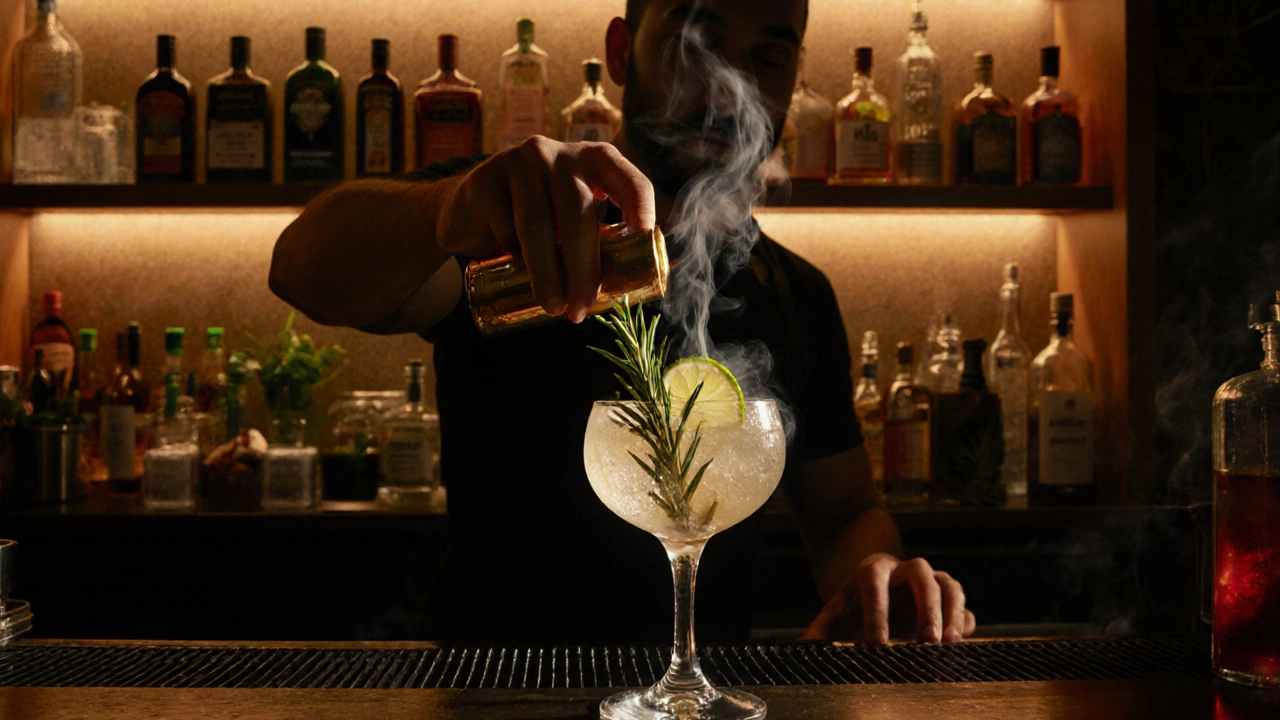
Walking into a bar and asking for a drink without alcohol doesn’t have to feel awkward. But if you just say, "Do you have anything without alcohol?" you’re likely to get a sugary soda with a lime wedge-or worse, a blank stare. The truth is, mocktails aren’t just alcohol-free versions of cocktails anymore. They’re carefully crafted drinks with layered flavors, fresh ingredients, and presentation that matches any cocktail on the menu. And bartenders notice when you know how to ask for them right.
Stop Saying "Anything Without Alcohol"
That phrase is the number one reason mocktails get ruined. It gives bartenders zero direction. Think about it: if you walked up and said, "Give me something with alcohol," they’d ask you what kind-whiskey, gin, rum? Why should non-alcoholic be any different? Instead, lead with flavor. Say something like:- "I’d love something citrusy and bitter, like a Paloma but without the tequila."
- "Can you make me a spicy ginger drink with lime and fresh mint? Not too sweet."
- "I’m in the mood for something herbal-maybe rosemary and grapefruit, like a virgin negroni?"
Use the Right Words
You’ve probably heard "virgin" used for non-alcoholic drinks-virgin mojito, virgin piña colada. That’s still widely understood, especially in sports bars or casual spots. But in craft cocktail places, "mocktail" is now the standard. In fact, 89% of professional bartenders recognize the term, according to the 2023 National Bartenders Guild survey. Here’s the trick: don’t say "mocktail" first. Start with the flavor profile, then say, "Can you make that without the alcohol?" That’s how you get the best results. For example:- "Could you make me something like your Moscow Mule, but without the vodka? Extra ginger, light on the lime."
- "I saw you have a shrub on the menu-can you build me a drink around that with soda and mint?"
Ask for the Right Ingredients
Not all mixers are created equal. If you’re ordering a mocktail, you want to avoid pre-made mixes, bottled juices, and sugary sodas. Bartenders who care about quality use fresh-squeezed citrus, house-made syrups, and real ginger. Here’s what to ask for-and what to avoid:- Do ask for: Fresh lime or lemon juice, ginger beer (not ginger ale), tonic water with quinine, shrubs (fruit-vinegar syrups), cold-brewed tea, bitters (non-alcoholic versions exist), and fresh herbs like mint, basil, or rosemary.
- Avoid: Ginger ale (it’s 38% sweeter than ginger beer), bottled juices (they contain 22% more sugar), and simple syrup unless you say "no simple syrup."

Don’t Be Afraid to Pay Full Price
A mocktail can take just as long to make as a cocktail. It’s not just pouring soda into a glass. It’s muddling, shaking, straining, garnishing, and balancing flavors. Yet, 53% of bars still charge mocktails at soda prices. Here’s how to fix that: before they start making it, say: "I’m happy to pay the same price as a cocktail for something well-made." This one line changes everything. Bartender surveys from Spiritless show that when patrons say this, the drink quality improves by 63%. Why? Because they know you value their skill. You’re not asking for a free drink-you’re asking for craftsmanship.What to Do If They Don’t Have a Mocktail Menu
Not every bar lists mocktails. That’s normal-especially outside big cities. According to the TouchBistro Industry Report, only 29% of rural bars offer them, compared to 83% in New York, LA, or Chicago. Your next move? Don’t panic. Ask: "What do you have on hand that you could use to make me a drink without alcohol?" This opens the door. Then, name your flavor preference:- "I like things that are sour and herbal."
- "I want something fizzy and slightly bitter."
- "I’m avoiding sugar, so no syrup, just fresh juice."
Presentation Matters
A mocktail served in a water glass with a straw feels like an afterthought. A mocktail served in a chilled coupe glass, with a smoked rosemary sprig and a salted rim? That feels like an experience. In 2023, 92% of professional bartenders said mocktails should be served in proper cocktail glassware. Look for these signs of quality:- Drink in a highball, rocks, or martini glass-not a plastic cup
- Garnish that’s fresh and intentional (not just a lime wedge)
- Ice that’s clear and large (not crushed)
- Condensation on the glass (means it was properly chilled)
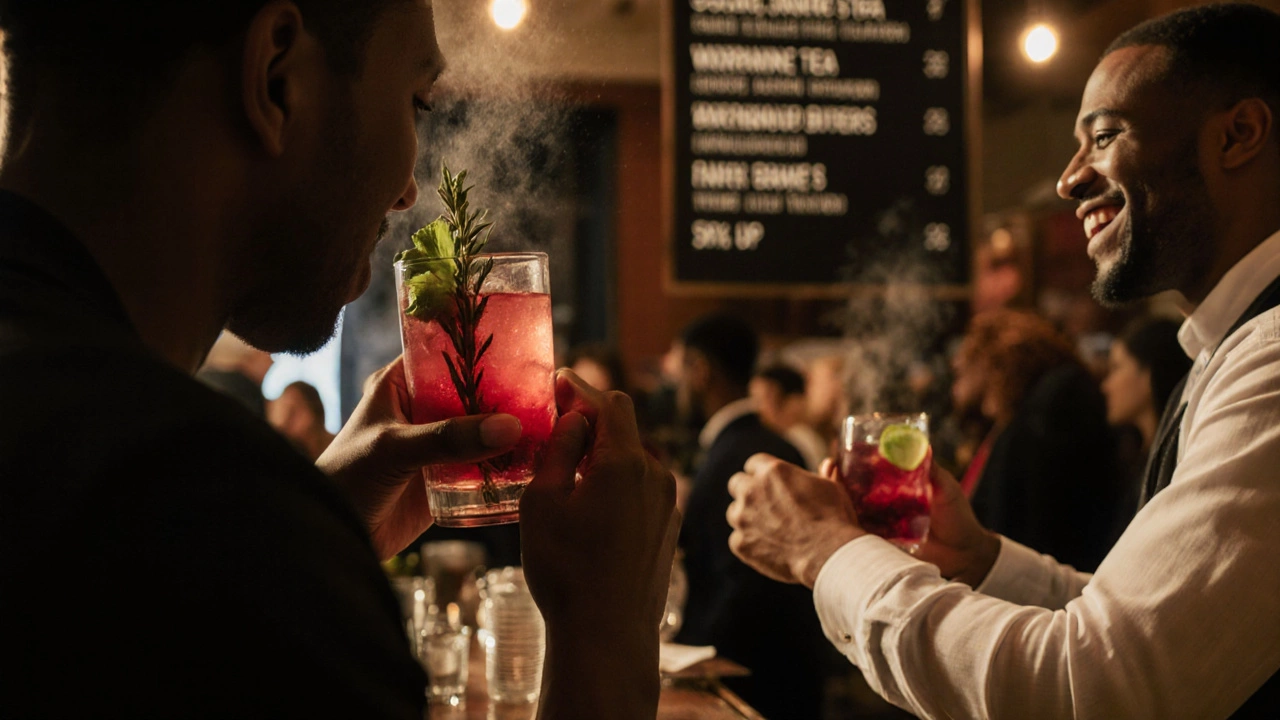
What Makes a Great Mocktail
The best mocktails aren’t sweet. They’re complex. The trend since 2022 has shifted away from syrup-heavy drinks toward bitter, earthy, and herbal flavors. You’ll see ingredients like:- Non-alcoholic bitters (featuring gentian, wormwood, or orange peel)
- Shrubs (vinegar-based fruit syrups)
- Cold-brewed black or green tea
- Spiced syrups made with cinnamon, cardamom, or star anise
- Smoke from rosemary or thyme (yes, they actually set herbs on fire briefly over the drink)
Common Mistakes to Avoid
Here’s what goes wrong-and how to stop it:- Too sweet? Say: "No simple syrup, please. Just fresh juice."
- Weak flavor? Say: "Can you add a dash of bitters? I like depth."
- Wrong glass? Say: "Could this be served in a coupe or highball?"
- Pre-made mix? Say: "Is this made from scratch?"
Mocktails Are Here to Stay
This isn’t a trend. It’s a shift. In 2022, 27% of U.S. adults identified as "sober curious." That number is still growing. Bars are responding: the non-alcoholic spirits market hit $1.17 billion in 2022 and is projected to grow nearly 17% every year through 2030. The James Beard Foundation even added a category for "Best Non-Alcoholic Beverage Program" in 2023. Chains like Cheesecake Factory and The Capital Grille now train staff on mocktail-making. That means the people behind the bar are learning how to make these drinks right. Your job? Know how to ask for them.Next time you’re at a bar, skip the vague request. Lead with flavor. Be clear. Respect the craft. And don’t be afraid to pay for quality. You’re not just ordering a drink-you’re helping shape the future of how we all enjoy the bar experience.
Do I have to pay the same price for a mocktail as a cocktail?
You don’t have to, but if you want a well-made mocktail, you should. Many bars still charge soda prices for mocktails, even though they take the same time and skill to make. Saying "I’m happy to pay cocktail price for something well-made" increases the chance you’ll get a high-quality drink by 63%, according to bartender surveys. It signals respect for the craft.
What’s the difference between ginger beer and ginger ale?
Ginger beer is spicier, less sweet, and often fermented, giving it a more complex flavor. Ginger ale is sweeter, carbonated, and usually made with artificial flavors. USDA data shows ginger ale contains 38% more sugar than ginger beer. For mocktails, always ask for ginger beer-it adds real bite and depth.
Can I ask for a mocktail at a sports bar?
Yes, but keep it simple. Sports bars often don’t have a full bar program. Try: "Club soda with muddled lime and mint, and a splash of cranberry for color." That’s easy for them to make with what they have on hand. If they say no, ask if they have fresh citrus or ginger-those are common enough to work with.
Why do some mocktails taste like syrup?
Because many places still use pre-made mixes or too much simple syrup. A 2022 analysis of 50 popular mocktail recipes found they averaged 32 grams of sugar per drink-that’s more than a soda. To avoid this, say: "No simple syrup, please. Only fresh juice." Or ask if they use house-made shrubs or bitters for flavor instead.
Is "virgin" the same as "mocktail"?
In casual bars, yes-"virgin" is widely understood. But in craft cocktail spots, "mocktail" is the preferred term. It signals that the drink was designed as a standalone creation, not just an alcohol-free copy. Use "virgin" if you’re unsure, but if the bar has a sophisticated menu, try "mocktail"-it shows you’re in the know.
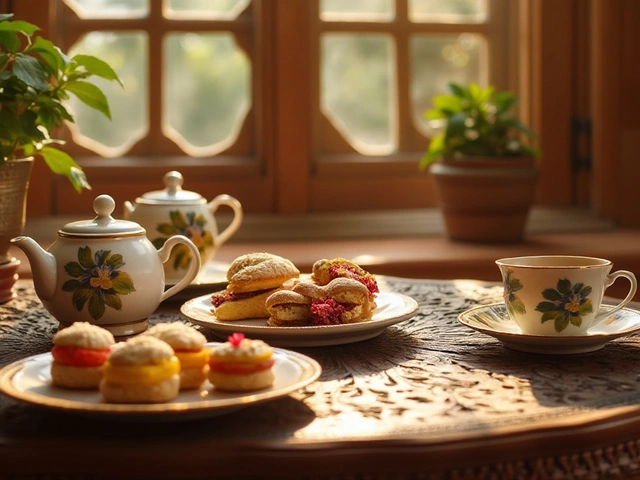
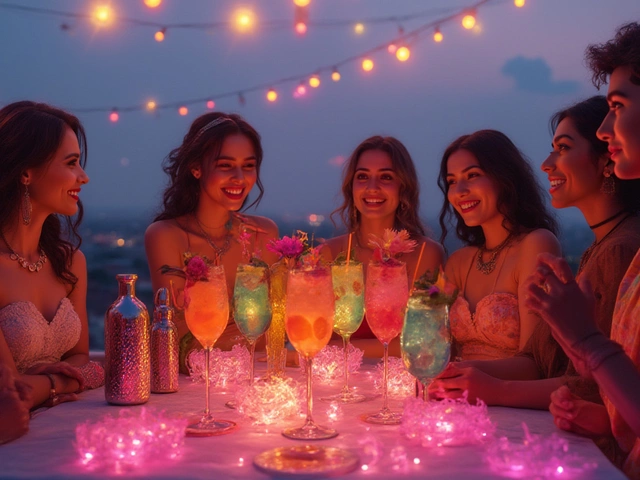
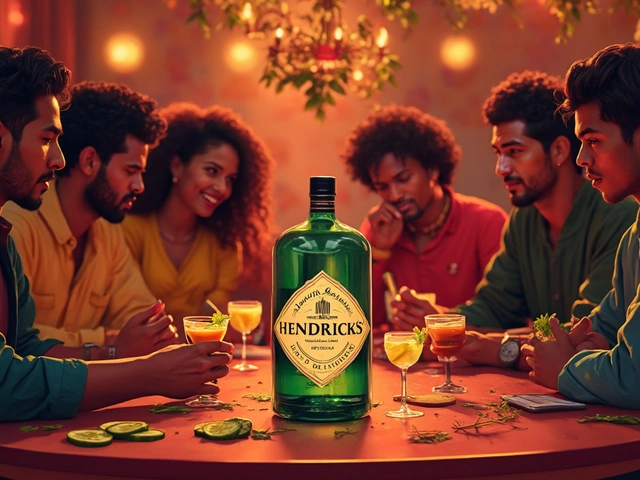
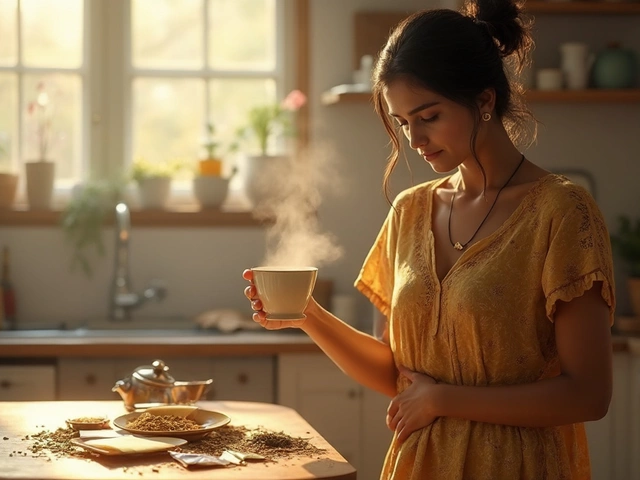
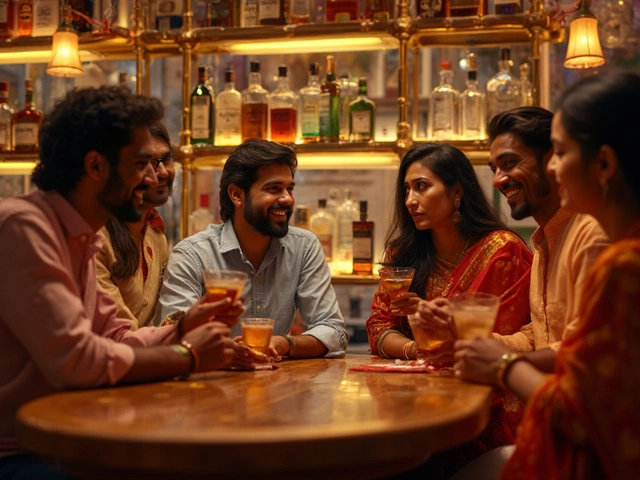
Categories